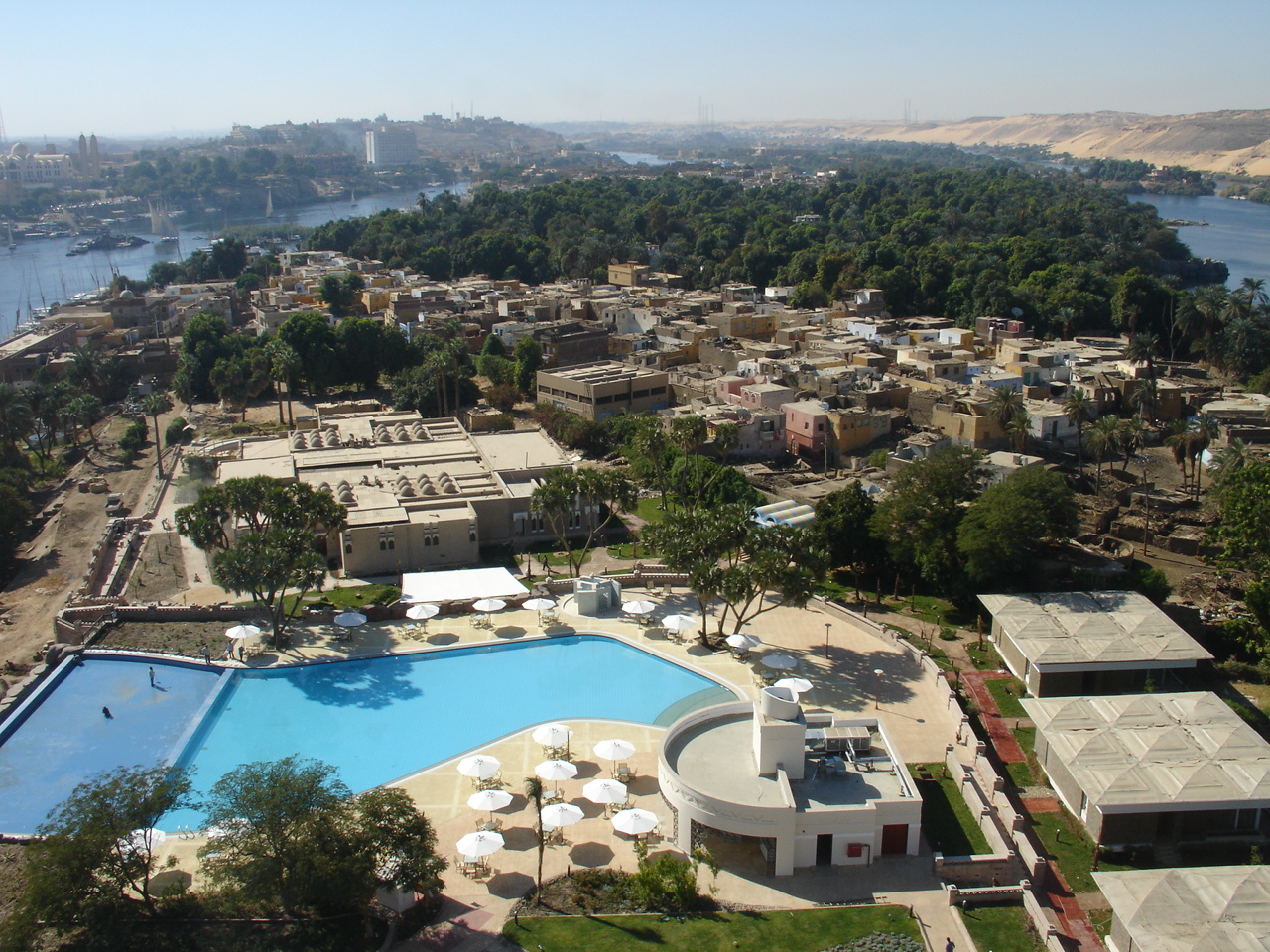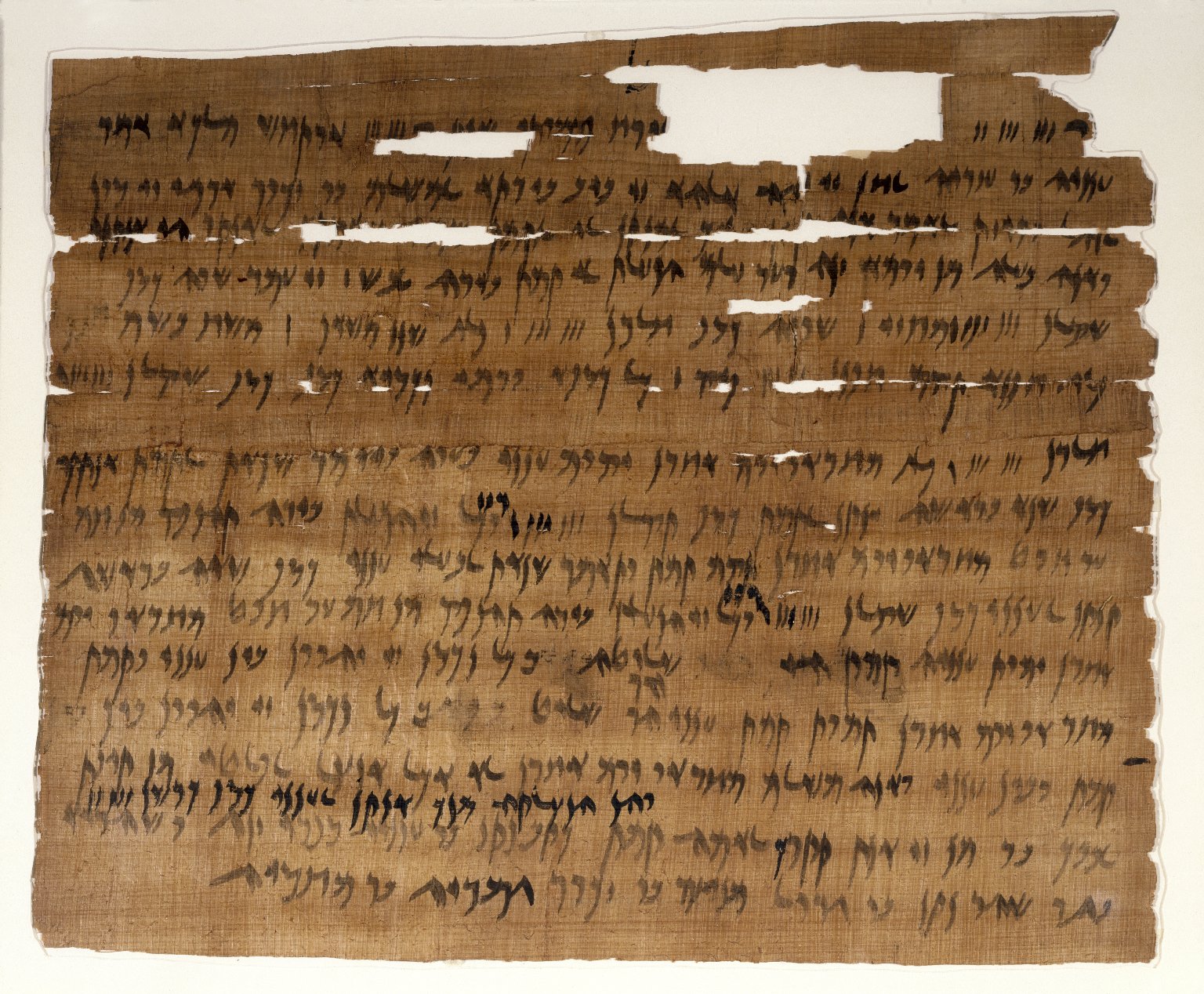|
Tana Qirqos
Tana Qirqos (variantly spelled Tana Kirkos; also called Tana Chirqos or Tana Chirkos, etc.; Ge'ez: لŒ£لٹ“ ل‰‚لˆل‰†لˆµ ''ل¹ؤپnؤپ qirqos'', لŒ£لٹ“ لŒھلˆل‰†لˆµ ''ل¹ؤپnؤپ ؤچج£irqos'') is an island in the eastern part of Lake Tana in Ethiopia, near the mouth of the Gumara River, having a latitude and longitude of . It is considered a holy island, and only monks of the Ethiopian Church live there. The monks believe that the island was once the resting place of the Ark of the Covenant. According to tradition, the Ark was placed there by Emperor Ezana, the first Ethiopian sovereign to convert to Christianity, and it remained on the island until it was transported to Mary of Zion church in Axum. Graham Hancock has speculated that the Ark was carried from Elephantine Elephantine ( ; ; arz, ط¬ط²ظٹط±ط© ط§ظ„ظپظ†طھظٹظ†; el, ل¼کخ»خµد†خ±خ½د„خ¯خ½خ· ''Elephantأne''; , ) is an island on the Nile, forming part of the city of Aswan in Upper Egypt. The archaeological sites on the island ... [...More Info...] [...Related Items...] OR: [Wikipedia] [Google] [Baidu] |
Lake Tana
Lake Tana ( am, لŒ£لٹ“ لˆگل‹ل‰…, T’ana ل¸¥ؤپyik’i; previously Tsana) is the largest lake in Ethiopia and the source of the Blue Nile. Located in Amhara Region in the north-western Ethiopian Highlands, the lake is approximately long and wide, with a maximum depth of , and an elevation of . Lake Tana is fed by the Gilgel Abay, Reb and Gumara rivers. Its surface area ranges from , depending on season and rainfall. The lake level has been regulated since the construction of the control weir where the lake discharges into the Blue Nile. This controls the flow to the Blue Nile Falls (Tis Abbai) and hydro-power station. In 2015, the Lake Tana region was nominated as a UNESCO Biosphere Reserve recognizing its national and international natural and cultural importance. Overview Lake Tana was formed by volcanic activity, blocking the course of inflowing rivers in the early Pleistocene epoch, about 5 million years ago. The lake was originally much larger than it is today. S ... [...More Info...] [...Related Items...] OR: [Wikipedia] [Google] [Baidu] |
Ethiopia
Ethiopia, , om, Itiyoophiyaa, so, Itoobiya, ti, لٹ¢ل‰µل‹®لŒµل‹«, أچtiyop'iya, aa, Itiyoppiya officially the Federal Democratic Republic of Ethiopia, is a landlocked country in the Horn of Africa. It shares borders with Eritrea to the north, Djibouti to the northeast, Somalia to the east and northeast, Kenya to the south, South Sudan to the west, and Sudan to the northwest. Ethiopia has a total area of . As of 2022, it is home to around 113.5 million inhabitants, making it the 13th-most populous country in the world and the 2nd-most populous in Africa after Nigeria. The national capital and largest city, Addis Ababa, lies several kilometres west of the East African Rift that splits the country into the African and Somali tectonic plates. Anatomically modern humans emerged from modern-day Ethiopia and set out to the Near East and elsewhere in the Middle Paleolithic period. Southwestern Ethiopia has been proposed as a possible homeland of the Afroasiatic langua ... [...More Info...] [...Related Items...] OR: [Wikipedia] [Google] [Baidu] |
Gumara River
Gumara River is a river of northern-western Ethiopia. It empties into Lake Tana at from the east. Hot springs on the Gumara's banks at Wanzaye, which were popular in medicinal hot baths from the late 18th century till now, were already mentioned by missionary Henry Stern. The river is an important spawning ground for native fish species, which include barbus, tilapia and catfish Catfish (or catfishes; order Siluriformes or Nematognathi) are a diverse group of ray-finned fish. Named for their prominent barbels, which resemble a cat's whiskers, catfish range in size and behavior from the three largest species alive, ....Gordon A, Sewmehon Demissie Tegegne and Melaku Tadesse"Marketing systems for fish from Lake Tana, Ethiopia: Opportunities for improved marketing and livelihoods." IPMS (Improving Productivity and Market Success) of Ethiopian Farmers Project Working Paper 2 (2007). ILRI (International Livestock Research Institute), Nairobi, Kenya. (accessed 5 May 2009) Note ... [...More Info...] [...Related Items...] OR: [Wikipedia] [Google] [Baidu] |
Ethiopian Orthodox Tewahedo Church
The Ethiopian Orthodox Tewahedo Church ( am, ل‹¨لٹ¢ل‰µل‹®لŒµل‹« لٹ¦لˆل‰¶ل‹¶لٹلˆµ ل‰°ل‹‹لˆ•ل‹¶ ل‰¤ل‰° لٹلˆلˆµل‰²ل‹«لٹ•, ''Yأ¤ityop'ya ortodoks tأ¤wahedo bأ©tأ¤krestyan'') is the largest of the Oriental Orthodox Churches. One of the few Christian churches in sub-Saharan Africa originating before European colonization of the continent, the Ethiopian Orthodox Tewahedo Church dates back to the acceptance of Christianity by the Kingdom of Aksum in 330, and has between 36 million and 49.8 million adherents in Ethiopia. It is a founding member of the World Council of Churches. The Ethiopian Orthodox Tewahedo Church is in Communion (Christian), communion with the other Oriental Orthodox churches (the Eritrean Orthodox Tewahedo Church, the Coptic Orthodox Church of Alexandria, the Malankara Orthodox Syrian Church, the Armenian Apostolic Church, and the Syriac Orthodox Church). The Ethiopian Orthodox Tewahedo Church had been administratively part of the Coptic Orthodox Church of Alexan ... [...More Info...] [...Related Items...] OR: [Wikipedia] [Google] [Baidu] |
Ark Of The Covenant
The Ark of the Covenant,; Ge'ez: also known as the Ark of the Testimony or the Ark of God, is an alleged artifact believed to be the most sacred relic of the Israelites, which is described as a wooden chest, covered in pure gold, with an elaborately designed lid called the mercy seat. According to the Book of Exodus, the Ark contained the two stone tablets of the Ten Commandments. According to the New Testament Book of Hebrews, it also contained Aaron's rod and a pot of manna. The biblical account relates that approximately one year after the Israelites' exodus from Egypt, the Ark was created according to the pattern given to Moses by God when the Israelites were encamped at the foot of Mount Sinai. Thereafter, the gold-plated acacia chest was carried by its staves by the Levites approximately 2,000 cubits (approximately ) in advance of the people when on the march. God spoke with Moses "from between the two cherubim" on the Ark's cover. Biblical account Construction ... [...More Info...] [...Related Items...] OR: [Wikipedia] [Google] [Baidu] |
Church Of Our Lady Mary Of Zion
The Church of Our Lady, Mary of Zion is an Ethiopian Orthodox Tewahedo Church which is claimed to contain the Ark of the Covenant. The church is located in the town of Axum, Tigray Region in northern Ethiopia, near the grounds of Axum#Main sites of Axum, Obelisks of Axum. The original church is believed to have been built during the reign of Ezana of Axum, Ezana the first Christian ruler of the Kingdom of Axum (Present-day Eritrea and Ethiopia), during the 4th century AD, and has been rebuilt several times since then. Accordingly women are not permitted entry into the “Old Churchâ€, due to the reservation of the Blessed Virgin Mary, representing the archetype of the Ark is the only woman allowed within its premises. Today, the site contains the older church building rebuilt in the 16th century, the modern cathedral built by the Emperor Haile Selassie in 1950s, as well as a chapel that is alleged to enshrine and supernaturally protect the Ark of the Covenant. History Sin ... [...More Info...] [...Related Items...] OR: [Wikipedia] [Google] [Baidu] |
Axum
Axum, or Aksum (pronounced: ), is a town in the Tigray Region of Ethiopia with a population of 66,900 residents (as of 2015). It is the site of the historic capital of the Aksumite Empire, a naval and trading power that ruled the whole region from about 400 BCE into the 10th century. In 1980, UNESCO added Axum's archaeological sites to its list of World Heritage Sites due to their historic value. Axum is located in the Central Zone of the Tigray Region, near the base of the Adwa mountains. It has an elevation of and is surrounded by La'ilay Maychew, a separately administered woreda of the Tigray region. History Axum was the hub of the marine trading power known as the Aksumite Empire, which predated the earliest mentions in Roman-era writings. Around 356 CE, its ruler was converted to an Abyssinian variety of Christianity by Frumentius. Later, under the reign of the Emperor Kaleb, Axum was a quasi-ally of Byzantium against the Sasanian Empire which had adopted Zoroastria ... [...More Info...] [...Related Items...] OR: [Wikipedia] [Google] [Baidu] |
Graham Hancock
Graham Bruce Hancock (born 2 August 1950) is a British writer who promotes pseudoscientific theories involving ancient civilizations and lost lands. Hancock speculates that an advanced ice age civilization was destroyed in a cataclysm, but that its survivors passed on their knowledge to hunter-gatherers, giving rise to the earliest known civilizations of ancient Egypt, Mesopotamia, and Mesoamerica. Born in Edinburgh, Hancock studied sociology at Durham University before working as a journalist, writing for a number of British newspapers and magazines. His first three books dealt with international development, including ''Lords of Poverty'' (1989), a well-received critique of corruption in the aid system. Beginning with '' The Sign and the Seal'' in 1992, he shifted focus to speculative accounts of human prehistory and ancient civilisations, on which he has written a dozen books, most notably ''Fingerprints of the Gods'', '' The Message of the Sphinx,'' and '' Magicians o ... [...More Info...] [...Related Items...] OR: [Wikipedia] [Google] [Baidu] |
Elephantine
Elephantine ( ; ; arz, ط¬ط²ظٹط±ط© ط§ظ„ظپظ†طھظٹظ†; el, ل¼کخ»خµد†خ±خ½د„خ¯خ½خ· ''Elephantأne''; , ) is an island on the Nile, forming part of the city of Aswan in Upper Egypt. The archaeological sites on the island were inscribed on the UNESCO World Heritage List in 1979 along with other examples of Upper Egyptian architecture, as part of the " Nubian Monuments from Abu Simbel to Philae" (despite Elephantine being neither Nubian, nor between Abu Simbel and Philae). Geography Elephantine is from north to south, and is across at its widest point. The layout of this and other nearby islands in Aswan can be seen from west bank hillsides along the Nile. The island is located just downstream of the First Cataract, at the southern border of Upper Egypt with Lower Nubia. This region above is referred to as Upper Egypt because it is further up the Nile. The island may have received its name after its shape, which in aerial views is similar to that of an elephant tusk, or from the rou ... [...More Info...] [...Related Items...] OR: [Wikipedia] [Google] [Baidu] |
Elephantine Papyri
The Elephantine Papyri and Ostraca consist of thousands of documents from the Egyptian border fortresses of Elephantine and Aswan, which yielded hundreds of papyri and ostraca in hieratic and demotic Egyptian, Aramaic, Koine Greek, Latin and Coptic, spanning a period of 100 years. The documents include letters and legal contracts from family and other archives, and are thus an invaluable source of knowledge for scholars of varied disciplines such as epistolography, law, society, religion, language and onomastics. The Elephantine documents include letters and legal contracts from family and other archives: divorce documents, the manumission of slaves, and other business. The dry soil of Upper Egypt preserved the documents. Hundreds of these Elephantine papyri span a period of 100 years, during the 5th to 4th centuries BCE. Legal documents and a cache of letters survived, turned up on the local "grey market" of antiquities starting in the late 19th century, and were scattered int ... [...More Info...] [...Related Items...] OR: [Wikipedia] [Google] [Baidu] |
Amhara Region
The Amhara Region ( am, لٹ لˆ›لˆ« لٹلˆچلˆچ, أ…mara Kilil), officially the Amhara National Regional State (), is a regional state in northern Ethiopia and the homeland of the Amhara people. Its capital is Bahir Dar which is the seat of the Regional Government of Amhara. Amhara is the site of the largest inland body of water in Ethiopia, Lake Tana (which is the source of the Blue Nile), and Semien Mountains National Park (which includes Ras Dashan, the highest point in Ethiopia). Amhara is bordered by Sudan to the west and northwest and by other the regions of Ethiopia: Tigray to the north, Afar to the east, Benishangul-Gumuz to the west and southwest, and Oromia to the south. History During the Ethiopian Empire, Amhara included several provinces (such as Dembiya, Gojjam, Begemder, Angot, Wollo, Shewa and Lasta), most of which were ruled by native Ras or Negus. The current Amhara region corresponds to often large parts of the former provinces of Begemder, Dembiya, Angot, B ... [...More Info...] [...Related Items...] OR: [Wikipedia] [Google] [Baidu] |







